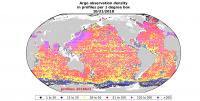Breadcrumb
News archives
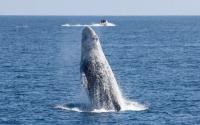
Research Highlight: Scientists Find Key Changes in Gray Whale Migration Routes off Southern California
Increasing numbers of gray whales migrating closer to shore could put whales at risk for ship strikes, entanglements, and pollution
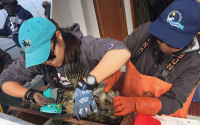
Early Results Suggest California Marine Protected Areas are a Success
Seven years after completion of network, rebounds of certain species seen
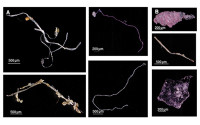
Explosion in Plastic Pollution Post-World War II Seen in Marine Sediments
Surge in microplastics could serve as marker for “the Great Acceleration”
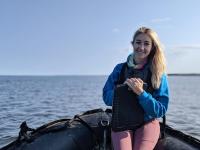
Scripps Student Spotlight: Jessica Sportelli
Marine biology master’s student is studying whale acoustics to identify why killer whales are migrating to new places
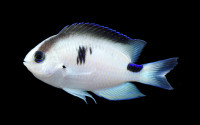
Scientists Identify New Species of Damselfish
New study co-authored by Scripps Oceanography identifies Corazon’s Damsel, a previously unknown species of damselfish found off Madagascar

Around the Pier: Scripps Succulent Garden Sheds Light on Coral Reefs
Graduates of Scripps Oceanography program develop coral reef-inspired succulent garden on campus to bring science out of labs
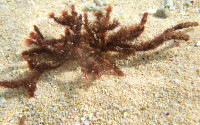
Scientists Develop New Production Method for Seaweed Chemical Used in Brain Research
Researchers find an affordable and effective way to produce kainic acid, an important natural chemical used by neuroscientists
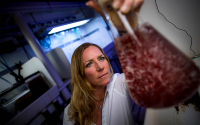
Around the Pier: Usurp the Burp
How seaweed could help curb cow burps—one of California’s greatest sources of methane emissions

A Scientist's Life: Octavio Aburto-Oropeza
Marine ecologist and photographer studies ways to use technology to improve fisheries, considers economic value of flourishing ecosystems

How Marine Life Responds to Upheaval
Recent episode in Antarctica set off a chain of ecological events and offered a study in resilience

A Scientist's Life: Jeff Bowman
Biological oceanographer studies how microbes, plankton interact with their habitats
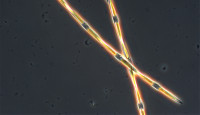
Domoic Acid Decoded: Scientists Discover Genetic Basis for How Harmful Algal Blooms Become Toxic
Sequencing genes of microscopic algae helps determine how toxins are produced
Pagination
Sign Up For
Explorations Now
explorations now is the free award-winning digital science magazine from Scripps Institution of Oceanography. Join subscribers from around the world and keep up on our cutting-edge research.










